Actionable guide to retail customer experience improvement

In the retail industry, delivering an exceptional customer experience in retail industry is no longer optional—it’s essential. Research shows that 86% of buyers are willing to pay more for superior service, and customer-centric brands report profits 60% higher than competitors. Companies prioritizing customer experience in retail industry see an 80% increase in revenue, proving its direct impact on business success. Personalized interactions drive loyalty, with repeat customers spending 67% more per order compared to first-time buyers. Tools like Sobot Live Chat help you craft seamless, tailored experiences, turning visitors into loyal customers. This guide equips you with actionable strategies to elevate customer experience in retail industry and unlock sustained growth with Sobot.
Understanding customer experience in retail industry
Defining retail customer experience
Retail customer experience refers to the overall perception customers develop based on their interactions with your brand across various touchpoints. These touchpoints include in-store visits, online shopping, customer service interactions, and even post-purchase support. In the retail industry, customer experience is shaped by factors like convenience, personalization, and the quality of service provided.
Different sectors within the retail industry prioritize specific metrics to measure customer experience. For example:
- Retail Clothing: Metrics like Customer Satisfaction Score (CSAT) and Net Promoter Score (NPS) assess satisfaction and loyalty, focusing on omnichannel experiences and efficient return processes.
- E-commerce: NPS and CSAT measure delivery satisfaction and website usability, emphasizing a seamless customer journey.
- Grocery Delivery: CSAT and order accuracy are critical, with real-time communication enhancing satisfaction.
By understanding these metrics, you can tailor your strategies to meet customer expectations effectively.
Why customer experience matters for retail brands
Customer experience plays a pivotal role in the success of retail brands. Today, 67% of customers report that their standards for good customer experience are higher than ever before. Additionally, 52% of customers are likely to switch brands if communication isn’t personalized. These statistics highlight the growing importance of delivering exceptional experiences.
Brands that prioritize customer experience in the retail industry often see tangible benefits. Loyal customers buy 30% more items per order compared to first-time buyers. Furthermore, fully engaged customers contribute to a 23% increase in profit and revenue. Poor customer experiences, on the other hand, cost U.S. businesses up to $62 billion annually. By focusing on customer satisfaction, you can not only retain customers but also drive significant revenue growth.
The role of customer experience in driving loyalty and revenue
Customer experience directly impacts loyalty and revenue. Research shows that 93% of customers are likely to make repeat purchases from companies offering excellent service. Additionally, 62% of consumers are willing to spend more when their shopping experience aligns with their interests. Loyal customers also tend to purchase more frequently and are 31% more willing to pay a premium price.
| Statistic | Source |
|---|---|
| 93% of customers are likely to make repeat purchases with excellent service. | Hubspot Research |
| 62% of consumers spend more if their shopping experience is customized. | Business Wire |
| A 5% increase in customer retention correlates with at least a 25% increase in profit. | Bain & Company |
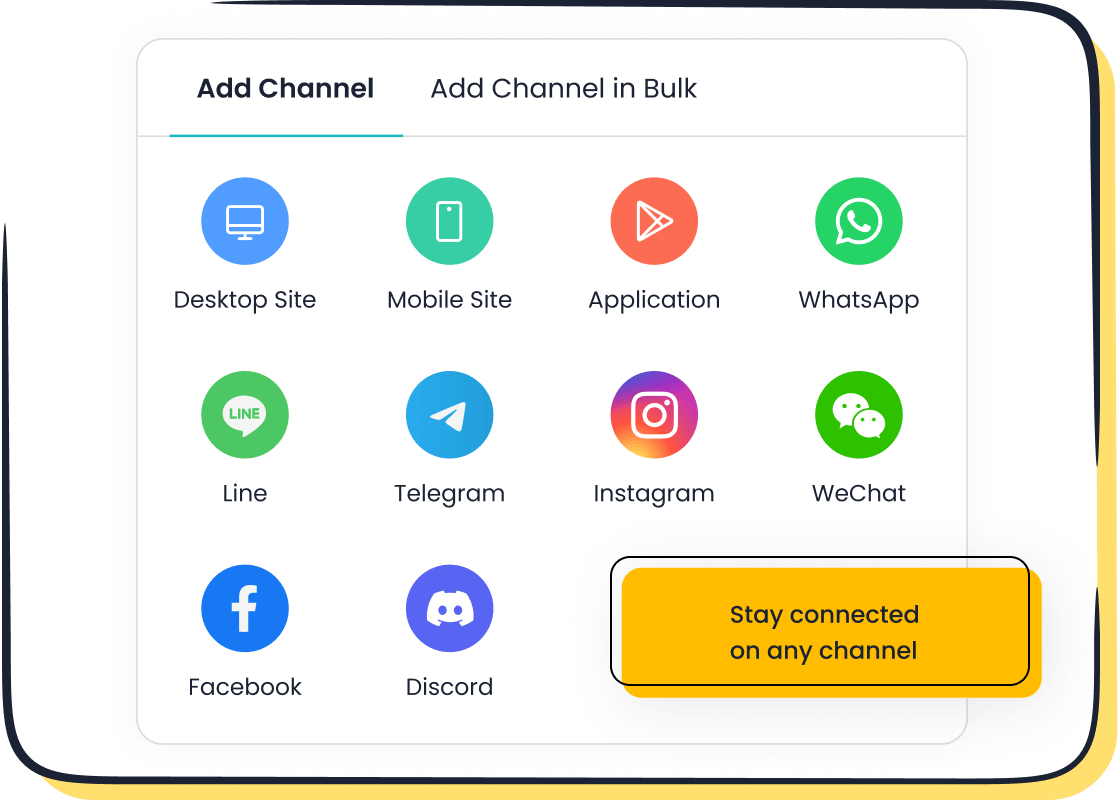
To achieve these results, tools like Sobot Live Chat can help you deliver personalized, seamless experiences. By integrating omnichannel support and AI-powered tools, Sobot enables you to engage customers effectively, fostering loyalty and boosting revenue.
Actionable strategies to enhance retail customer experience
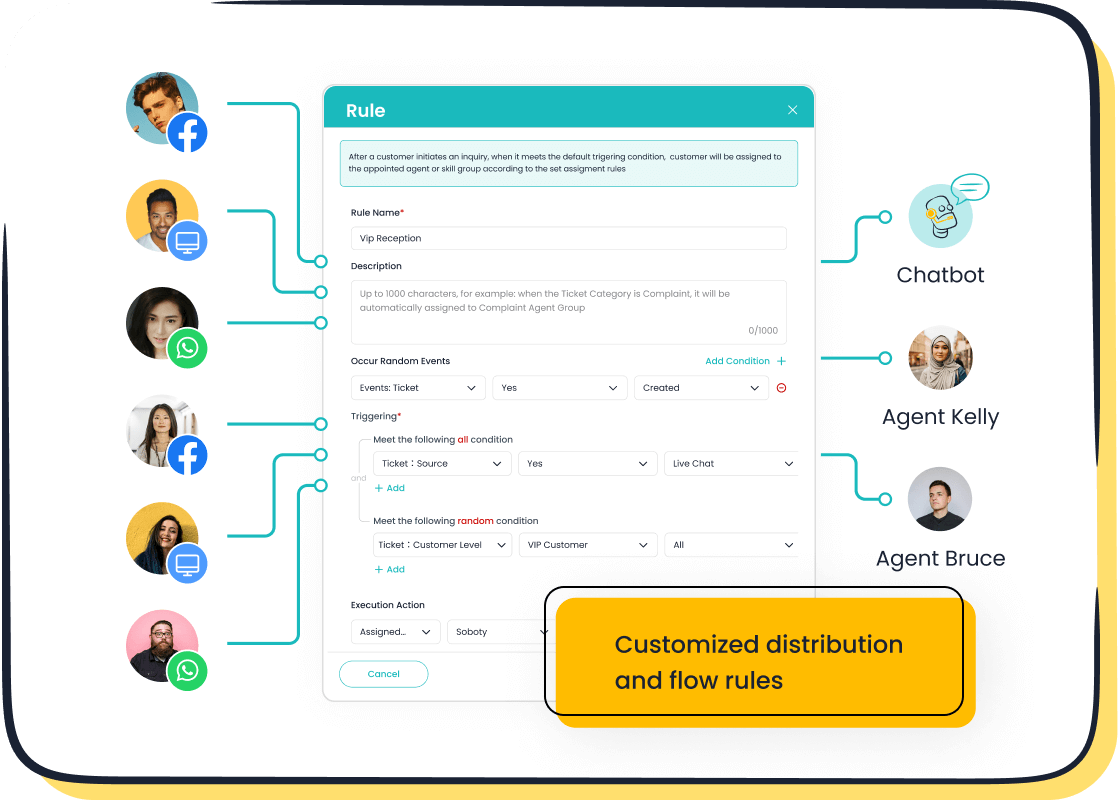
Leveraging AI and automation for personalized experiences
AI and automation have revolutionized the retail customer experience by enabling real-time personalization and predictive analytics. These technologies allow you to anticipate customer needs and deliver tailored solutions instantly. For example, AI-powered chatbots can handle up to 95% of customer interactions, reducing response times and improving satisfaction. Predictive analytics can analyze shopping patterns to recommend products that align with individual preferences, boosting engagement and sales.
A 2023 study by McKinsey & Company highlights the impact of AI on customer experience. It reveals that 80% of customers are more likely to make a purchase when brands offer personalized experiences. This trend underscores the importance of integrating AI into your operations to meet rising consumer expectations.
| Metric | Impact |
|---|---|
| Financial impact | Companies with superior customer service outperform competitors by 4-8% in revenue growth. |
| Employee retention | Organizations known for service quality experience 31% lower turnover than industry averages. |
| Reduced marketing costs | Loyal customers acquired through excellent service have 23% lower acquisition costs than new customers. |
By leveraging AI solutions like Sobot AI, you can automate repetitive tasks, provide 24/7 support, and ensure data compliance. These capabilities not only enhance operational efficiency but also foster customer loyalty.
Implementing hyper-personalization with tools like Sobot Live Chat
Hyper-personalization takes customer experience to the next level by using advanced tools to deliver highly tailored interactions. Platforms like Sobot Live Chat enable you to segment customers based on their preferences and behaviors, ensuring every interaction feels unique. For instance, Sobot Live Chat’s omnichannel support allows you to engage customers seamlessly across websites, apps, and social media platforms.
The platform’s AI-assisted tools can resolve up to 80% of common inquiries without human intervention, reducing operational costs by up to 30%. Additionally, its built-in analytics evaluate over 150 indicators, helping you optimize service and make data-driven decisions.
| Metric | Impact |
|---|---|
| Customer Interactions Handled | Up to 95% by AI, improving response times |
| Common Inquiries Resolved | Up to 80% without human intervention |
| Operational Cost Reduction | Up to 30% reduction in service costs |
| Resolution Rate Increase | 25% increase in resolution rates |
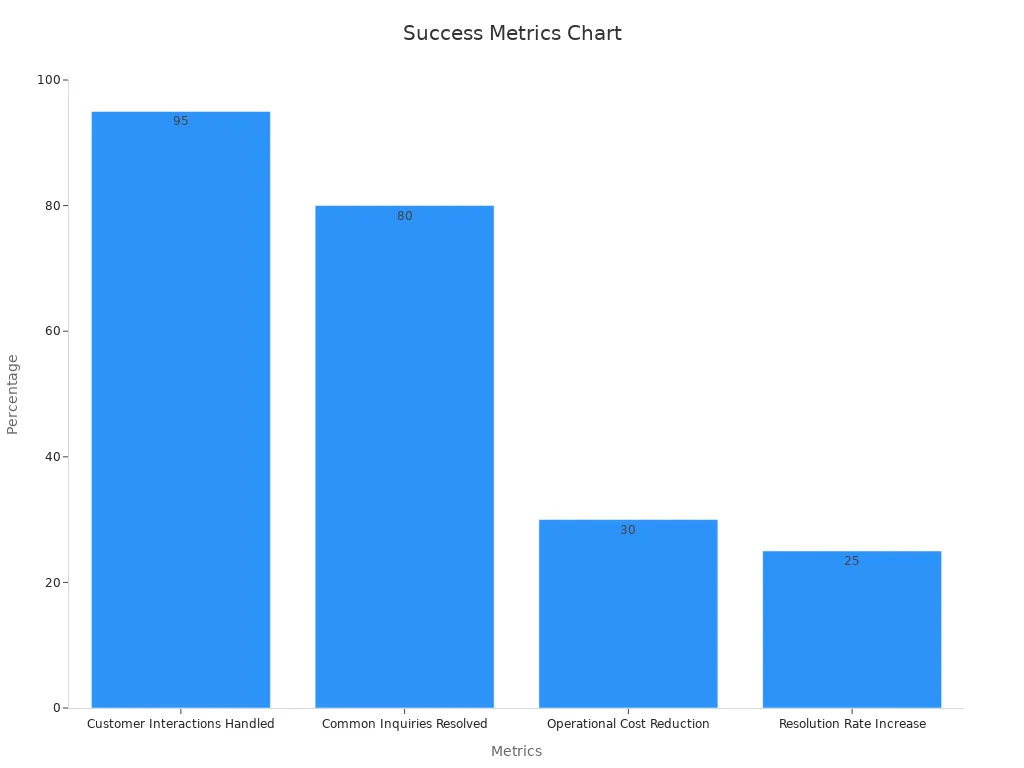

With Sobot Live Chat, you can deliver instant responses, maintain a consistent brand voice, and ensure 24/7 availability. These features create a hyper-personalized experience that builds trust and loyalty.
Integrating physical and digital retail experiences seamlessly
The integration of physical and digital retail experiences, often referred to as "phygital," is essential for meeting modern consumer expectations. Customers increasingly use mobile devices to compare products and read reviews while shopping in-store. This hybrid approach combines the convenience of digital tools with the tactile benefits of in-store shopping.
| Evidence Type | Description |
|---|---|
| Phygital Experience | Hybridization of physical and digital components enhances customer engagement. |
| Consumer Behavior | 68% of shoppers plan to shop in-store, with 38% using mobile devices for comparisons. |
| Brand Loyalty | In-store experiences sustain brand loyalty, with significant reliance on online reviews. |
Technologies like RFID and computer vision enhance inventory management and reduce theft, while digital applications collect valuable cross-channel data. For example, Sobot AI can unify customer interactions across physical and digital channels, providing insights that help you deliver personalized services. This omnichannel approach ensures a seamless shopping experience, whether customers are browsing online or visiting your store.
Tip: Combine in-store customer experience with digital tools like Sobot Live Chat to create a cohesive journey that drives engagement and loyalty.
Upgrading technology to streamline operations and improve service
Upgrading technology in retail is essential for improving service efficiency and enhancing the retail customer experience. Modern tools streamline operations, reduce errors, and create smoother interactions for customers. By adopting advanced technologies, you can address common challenges like inventory management, long wait times, and inconsistent service quality.
For example, analytics tools provide clarity in chaotic retail environments. They optimize inventory management, ensuring products are available when customers need them. Forecasting tools predict future demand based on past sales data, helping you maintain strong relationships with suppliers and customers. Self-checkout systems reduce wait times and offer contactless service, which appeals to modern shoppers. Robotics automate repetitive tasks, boosting productivity and adapting to evolving retail needs.
| Technology | Impact on Service Efficiency |
|---|---|
| Analytics | Enhances inventory management and improves customer experience by providing clarity in chaotic retail environments. |
| Forecasting | Optimizes customer and supplier relationships by predicting future demand based on past sales data. |
| Self-checkout | Reduces customer wait times and minimizes human contact, enhancing the shopping experience. |
| Robotics | Automates processes, boosts productivity, and provides contactless service, adapting to modern retail needs. |
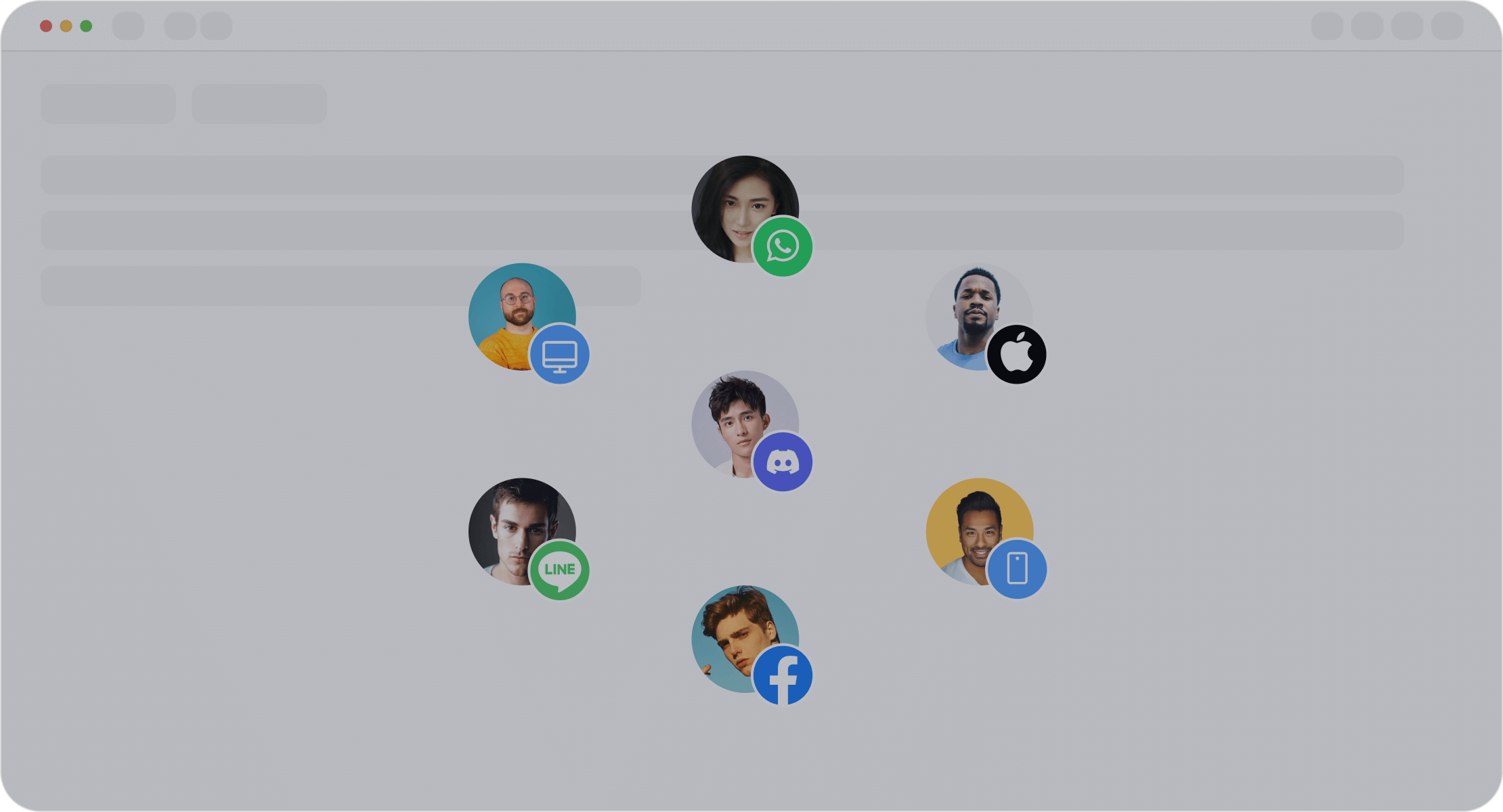
Sobot’s AI solutions integrate seamlessly into retail operations, offering omnichannel support and scenario-based AI tailored for retail customer experience. These tools unify customer interactions across platforms, providing insights that help you deliver personalized service. For instance, Sobot AI’s predictive analytics can identify trends in customer behavior, enabling you to anticipate needs and improve customer loyalty. By upgrading your technology, you can create a more efficient and satisfying shopping experience for your customers.
Tip: Start small by implementing one technology, such as self-checkout systems, and gradually expand to more advanced solutions like AI-powered analytics.
Empowering employees to deliver exceptional customer experiences
Your employees play a crucial role in shaping the retail customer experience. Empowering them with the right tools, training, and support can significantly enhance customer satisfaction and loyalty. When employees feel valued and equipped, they perform better, creating positive interactions that leave lasting impressions on customers.
Empowered employees contribute to key performance indicators that reflect improved customer experience:
- Customer Satisfaction (CSAT): Measures how happy customers are with their interactions.
- First Contact Resolution (FCR): Tracks the percentage of issues resolved on the first contact, showcasing employee effectiveness.
- Employee Engagement: Monitors how satisfied and motivated employees are, which directly impacts customer interactions.
- Net Promoter Score (NPS): Gauges customer loyalty and their likelihood to recommend your brand.
Companies that empower employees see a 15-20% increase in customer satisfaction, according to Forrester. Harvard Business Review reports a 20% rise in satisfaction when businesses measure employee impact on customer experience. Bain & Company highlights that empowered employees lead to a 20-25% boost in customer loyalty and revenue.
Sobot Live Chat enhances employee efficiency by providing a unified workspace and AI-assisted tools. These features simplify workflows, allowing employees to focus on delivering personalized service. For example, Sobot’s intelligent assignment feature ensures inquiries are routed to the right agent, reducing response times and improving resolution rates. By investing in your team, you create a culture of excellence that drives customer loyalty and strengthens your brand.
Note: Regularly collect feedback from employees to identify areas for improvement and ensure they feel supported in their roles.
Step-by-step guide to creating a customer experience strategy
Mapping the customer journey to identify pain points
Creating a customer journey map is essential for understanding how customers interact with your brand across various touchpoints. This map helps you pinpoint areas where customers face challenges, allowing you to address them effectively. Start by identifying key performance indicators (KPIs) that align with your business goals, such as customer acquisition rates or retention metrics. Establish feedback systems to gather insights directly from customers. For example, in-app surveys can reveal specific pain points like slow page load times or unclear navigation.
Analyzing historical data is another critical step. Trend analysis uncovers patterns in customer behavior, helping you predict future actions. Dive deeper into behavioral insights, such as click paths and dwell times, to understand decision-making processes. Once you identify pain points, implement actionable strategies to resolve them. For instance, Swappie reduced mobile page load time by 23%, leading to a 42% increase in mobile revenue. Similarly, Renault improved page load time by one second, resulting in a 14% decrease in bounce rate and a 13% increase in conversions.
Tip: Use tools like Sobot AI to unify customer interactions across channels. This integration provides valuable insights that enhance your customer journey map and improve the retail customer experience.
Collecting and analyzing customer feedback effectively
Customer feedback is the backbone of any successful customer experience strategy. Collecting both quantitative and qualitative data ensures a balanced approach. Quantitative metrics like conversion rate, bounce rate, and pages per session provide measurable insights into customer behavior. For example, a high bounce rate may indicate dissatisfaction with page load times or content relevance. Qualitative feedback, on the other hand, captures the nuances of customer experiences. Comments about app bugs or service delays can lead to actionable improvements.
To collect feedback effectively, use targeted methods like in-app surveys or satisfaction polls. Categorize feedback into specific areas such as product quality, service efficiency, or technical issues. This segmentation simplifies analysis and helps you prioritize improvements. Tile, for instance, implemented self-service chatbots to address common inquiries, reducing customer wait times by 28%. By combining quantitative metrics with qualitative insights, you can identify areas for enhancement while maintaining successful strategies.
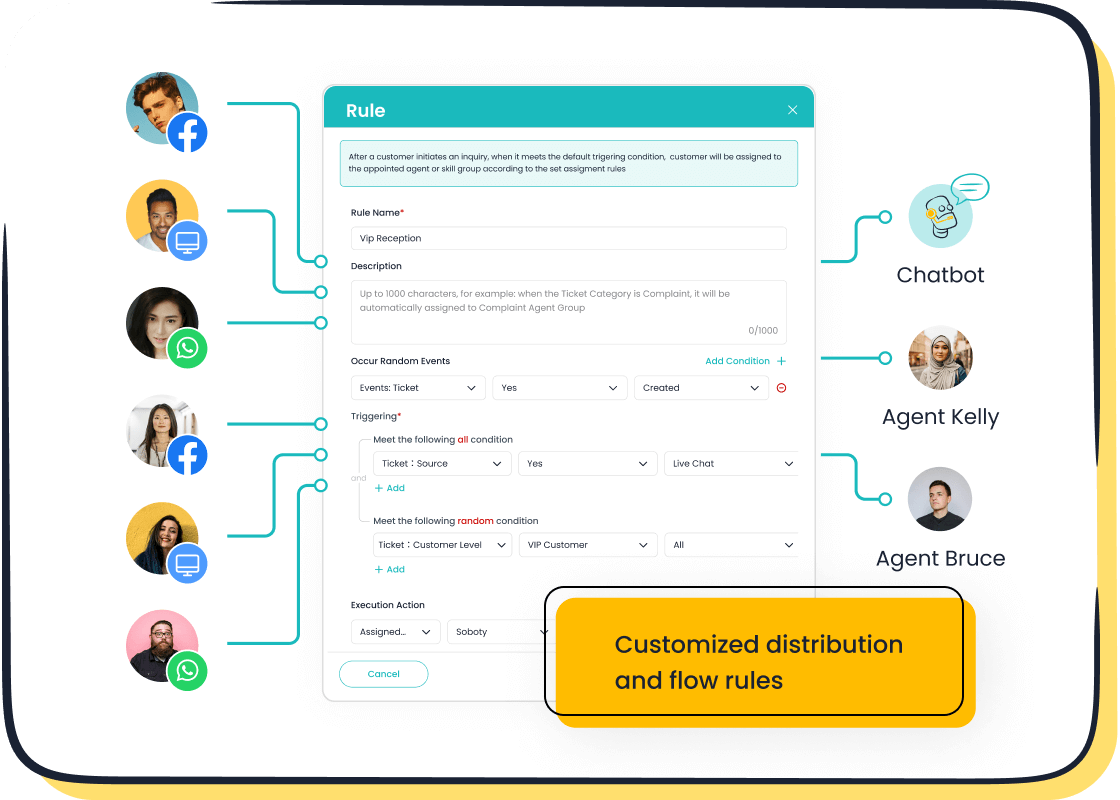
Sobot Live Chat offers built-in analytics that evaluate over 150 indicators, helping you analyze feedback and optimize service. Its omnichannel support ensures you can gather insights from multiple platforms, making it easier to understand customer needs and preferences.
Setting clear goals and KPIs for customer experience strategy
Defining clear goals and KPIs is crucial for measuring the success of your customer experience strategy. Start by outlining what you aim to achieve, whether it’s improving customer satisfaction, increasing retention rates, or boosting revenue. Establish baselines and benchmarks to understand your current performance. For example, if your average response time is 10 minutes, set a target to reduce it to 5 minutes.
Tracking progress is equally important. Monitor KPIs like Net Promoter Score (NPS), Customer Satisfaction Score (CSAT), and First Contact Resolution (FCR) to evaluate the effectiveness of your strategy. Companies that set clear goals often see significant improvements. Kaizen, for instance, achieved a 95% first contact resolution and an 85% CSAT by engaging customers across multiple channels. These metrics not only demonstrate ROI but also justify investments in customer experience initiatives.
Sobot’s AI solutions can help you track these KPIs seamlessly. Its predictive analytics provide insights into customer behavior, enabling you to refine your strategy and achieve your goals. By setting clear objectives and monitoring progress, you can create a customer experience strategy that drives loyalty and revenue.
Training staff to align with a customer-first approach
Your employees are the face of your retail brand. Their ability to deliver exceptional service directly impacts your customer experience. Training your staff to adopt a customer-first approach ensures they prioritize customer needs at every interaction. This alignment fosters loyalty, satisfaction, and long-term growth.
Start by embedding customer-centric values into your training programs. Focus on practical skills like active listening, empathy, and problem-solving. Role-playing exercises can simulate real-world scenarios, helping employees practice handling customer inquiries effectively. For example, training sessions could include resolving complaints or upselling products based on customer preferences.
To measure the success of your training initiatives, track key metrics such as:
| Metric | Description |
|---|---|
| Net Promoter Score (NPS) | Measures customer loyalty and satisfaction. |
| Customer Lifetime Value (CLV) | Estimates the total revenue from a customer over their lifetime. |
| Retention Rates | Indicates the percentage of customers retained over time. |
| Conversion Rates | Reflects the percentage of customers who take a desired action. |
| ROI of Personalized Marketing | Assesses the return on investment for targeted marketing efforts. |
| Customer Behavior Changes | Tracks shifts in customer actions in response to initiatives. |
Additionally, monitor completion rates, assessment scores, and session engagement during training. These indicators reveal how well employees absorb the material. Post-training, evaluate customer satisfaction scores, resolution times, and feedback to gauge the impact on your customer experience strategy.
Sobot Live Chat can enhance employee performance by providing tools like intelligent assignment and AI-assisted responses. These features streamline workflows, allowing employees to focus on delivering personalized service. For instance, Sobot’s unified workspace consolidates customer data, enabling agents to resolve issues faster and with greater accuracy.
Tip: Regularly update training programs to reflect evolving customer expectations and industry trends. This ensures your team stays ahead in delivering exceptional customer experiences.
Iterating and improving strategies based on data insights
A successful customer experience strategy thrives on continuous improvement. Iterating based on real-time data insights allows you to adapt to changing customer needs and refine your approach. This process ensures your retail brand remains competitive and customer-focused.
Start by leveraging customer experience analytics to identify pain points and opportunities. For example, real-time feedback analysis can highlight areas where customers face friction, such as slow response times or unclear navigation. Use this data to implement targeted improvements, like optimizing your website’s user interface or enhancing in-store support.
Predictive analytics can also play a crucial role. By analyzing past customer behavior, you can anticipate future trends and prevent issues like churn. For instance, if data shows a spike in cart abandonment during checkout, you can introduce features like one-click payment or personalized discounts to address the problem.
Key benefits of iterating strategies based on data include:
- Enhanced satisfaction through actionable improvements.
- Reduced friction in the customer journey map.
- Improved retention by addressing emerging needs.
- Smarter business decisions driven by hidden patterns in data.
Sobot AI offers advanced analytics tools that process large datasets to uncover actionable insights. Its real-time feedback capabilities help you determine optimal actions, ensuring your customer experience design evolves with your audience’s expectations. For example, Sobot’s predictive analytics can identify trends in customer behavior, enabling you to refine your customer experience management strategy effectively.
Note: Continuously monitor the impact of your changes. Use metrics like customer retention rates and satisfaction scores to validate the effectiveness of your iterations.
Measuring and tracking the success of customer experience strategies
Key metrics to monitor retail customer experience
Tracking the right metrics is essential for evaluating the success of your customer experience strategy. These metrics provide insights into how well your retail brand meets customer expectations and identifies areas for improvement.
| Metric | Description |
|---|---|
| Customer Satisfaction | Measures how products and services meet customer expectations, crucial for improving experience. |
| Customer Retention | Indicates the ability to keep customers over time, reflecting loyalty and satisfaction. |
| Sales per Square Foot | Evaluates the efficiency of space usage in generating sales, impacting operational decisions. |
| Inventory Turnover | Assesses how quickly inventory is sold and replaced, affecting stock management and sales. |
| Footfall Conversion Rate | Percentage of visitors who make a purchase, indicating sales effectiveness. |
| Dwell Time | Time spent in-store, providing insights into customer engagement and layout effectiveness. |
| Bounce Rate | Percentage of visitors who leave without purchasing, highlighting potential issues in the store. |
| Cost per Acquisition (CPA) | Cost incurred to acquire a customer, essential for evaluating marketing effectiveness. |
| Return on Advertising Spend | Revenue generated from advertising compared to costs, crucial for budget optimization. |
| Social Media Engagement Rate | Measures engagement on social platforms, indicating marketing effectiveness. |
| Email Open Rate | Percentage of emails opened, important for assessing email marketing success. |
These metrics help you understand customer behavior and optimize your customer experience strategy. For example, improving dwell time through better store layouts can enhance engagement, while reducing bounce rates can increase conversions.
Tools like Sobot Live Chat for tracking customer satisfaction
Customer experience tools like Sobot Live Chat simplify the process of tracking satisfaction and refining strategies. Sobot Live Chat provides built-in analytics that evaluate over 150 indicators, offering actionable insights into customer interactions.
| Metric | Value |
|---|---|
| Reduction in inbound discussions | 20% |
| Increase in positive feedback | 96%+ |
| Customer satisfaction rate | 95% |
| CSAT score | 97% |
| Problem resolution rate | 85% |
| Customer happiness rate | 99% |
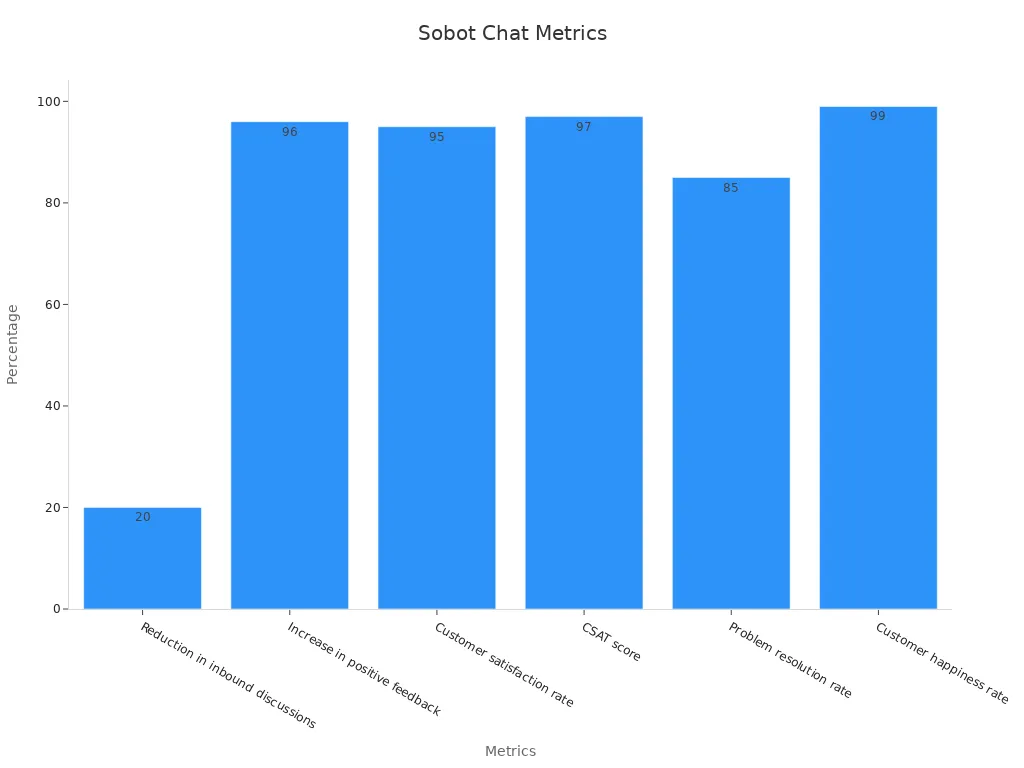
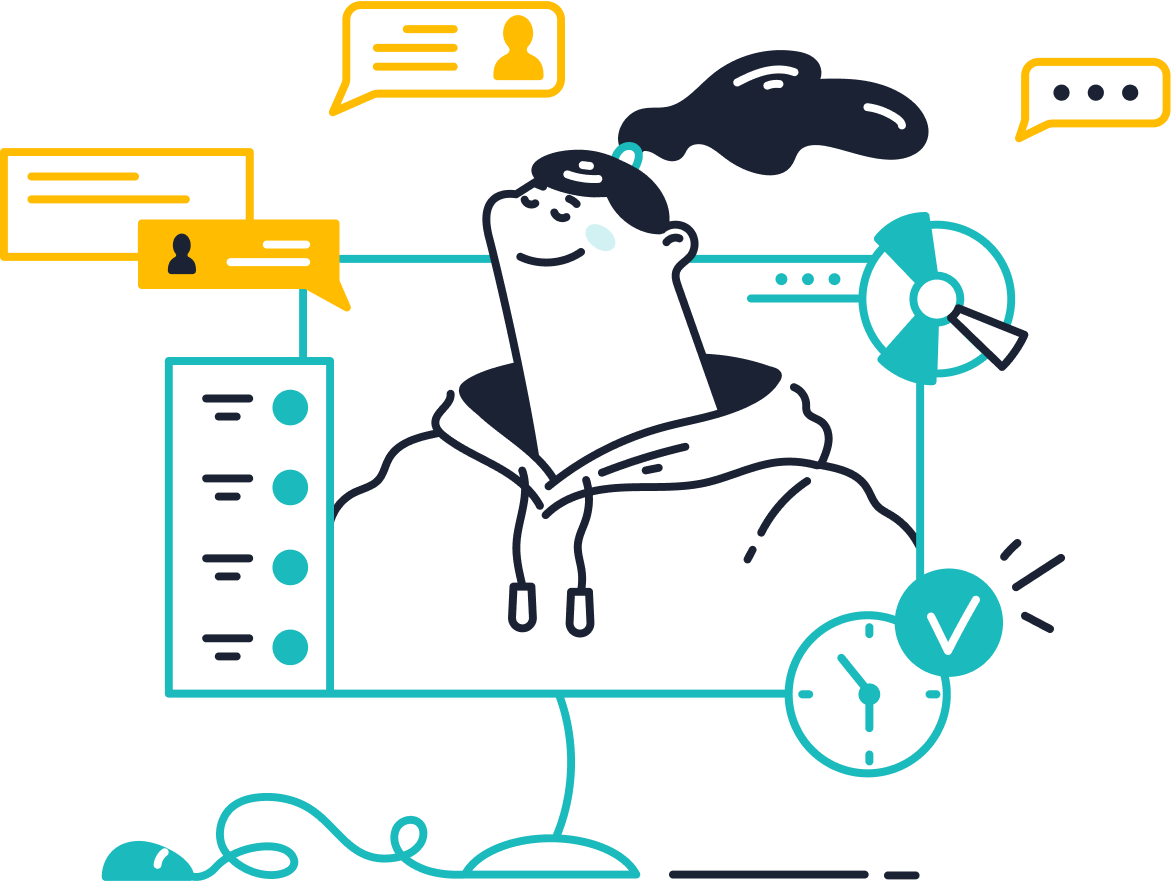
Sobot Live Chat’s omnichannel support ensures seamless communication across platforms, while its AI-assisted tools improve resolution rates and reduce operational costs. By leveraging these features, you can enhance customer satisfaction and streamline your customer experience strategy.
Using customer feedback to refine strategies
Customer feedback is a powerful resource for improving your customer experience strategy. Analyzing feedback helps you identify trends, pain points, and opportunities for enhancement.
| Company | Strategy Focus | Outcome |
|---|---|---|
| Intergiro | Product Development | Achieved a 54% increase in engagement and faster feature validation through embedded surveys. |
| ParkBee | Customer Support | Reduced customer service contact rate by 20% through continuous feedback analysis. |
| Taxfix | Customer Retention | Achieved a Net Promoter Score (NPS) of 68 by personalizing user journeys based on feedback. |
To refine your strategy, automate survey triggers at key touchpoints to capture timely insights. Continuously monitor metrics like NPS, CSAT, and CES to measure the impact of your changes. Sobot Live Chat’s analytics tools simplify feedback collection and analysis, enabling you to act on customer insights effectively. By prioritizing feedback, you can create a customer experience strategy that evolves with your audience’s needs.
Real-world examples of successful retail customer experience improvements

Case study: Michael Kors leveraging Sobot Live Chat for personalization
Michael Kors, a global luxury fashion brand, transformed its retail customer experience by implementing Sobot Live Chat. The brand faced challenges in managing customer interactions efficiently and delivering personalized service. By unifying customer reception channels like phone, chat, and social media, Michael Kors streamlined its operations. Sobot Live Chat’s omnichannel support allowed agents to access customer data instantly, enabling tailored interactions.
The results were remarkable. Response times dropped by 83%, and customer satisfaction soared to 95%. Additionally, the integration of Sobot’s WhatsApp API enhanced marketing efforts, leading to a 20% increase in conversion rates. These improvements highlight how technology can elevate customer engagement and loyalty. Michael Kors’ success demonstrates the power of personalization in driving revenue and satisfaction.
Case study: A retail brand integrating online and offline experiences with Sobot AI
A leading retail brand successfully bridged the gap between its physical and digital stores using Sobot AI. The brand recognized the growing demand for seamless shopping experiences. Customers often browsed products online before visiting stores or used mobile devices to compare prices while shopping in-store.
Sobot AI provided the tools needed to unify these experiences. Its omnichannel support ensured consistent communication across platforms, while predictive analytics offered insights into customer preferences. The brand used these insights to optimize inventory and personalize in-store recommendations. This approach not only improved customer satisfaction but also increased sales by over 30%. By integrating online and offline channels, the brand created a cohesive journey that met modern consumer expectations.
Lessons learned from successful retail brands
Successful retail brands share common strategies that enhance the retail customer experience. These include:
- Omnichannel Integration: Combining online and offline shopping ensures a seamless experience.
- Proactive Customer Support: Predictive analytics help anticipate customer needs, improving satisfaction.
- Continuous Feedback Loops: Regularly collecting and acting on customer feedback fosters loyalty.
- Data-Driven Decisions: Using analytics to optimize product placement and marketing strategies boosts engagement.
- Convenience and Accessibility: Organizing store layouts and offering mobile apps cater to customer preferences.
These practices show that prioritizing customer needs leads to increased loyalty and revenue. Retailers who invest in technology and training see measurable benefits, such as reduced wait times and higher satisfaction rates. By adopting these strategies, you can create a customer-centric approach that drives long-term success.
Prioritizing customer experience in retail drives loyalty, advocacy, and revenue growth. Positive interactions lead 88% of customers to make repeat purchases, while 75% recommend brands with excellent service. Unfriendly experiences risk losing 60% of customers, underscoring the need for customer-centric strategies.
| Statistic | Implication |
|---|---|
| 88% of customers are more likely to purchase again after a positive customer service experience. | Highlights the direct correlation between positive experiences and customer loyalty. |
| 75% of customers have recommended a company based on excellent customer service. | Indicates that exceptional service can turn customers into brand advocates. |
| 60% of consumers would stop doing business with a brand if they found the service unfriendly. | Emphasizes the importance of friendly interactions and the potential loss of customers due to poor service. |
Implement strategies like AI-powered personalization, omnichannel integration, and employee empowerment to elevate customer satisfaction. Tools like Sobot Live Chat simplify these processes, enabling seamless interactions and actionable insights. Start today to transform your retail experience and foster lasting customer relationships.
FAQ
What is retail customer experience, and why does it matter?
Retail customer experience refers to how customers perceive their interactions with your brand across all touchpoints. It matters because 93% of customers make repeat purchases after excellent service, and loyal customers spend 67% more per order. Improving this experience drives loyalty and revenue growth.
How can AI improve retail customer experience?
AI enhances retail customer experience by automating repetitive tasks, providing 24/7 support, and personalizing interactions. For example, Sobot AI predicts customer needs and offers tailored solutions. This reduces response times by up to 83% and increases satisfaction rates to 95%, as seen with brands like Michael Kors.
What is hyper-personalization in retail?
Hyper-personalization uses advanced tools like Sobot Live Chat to deliver highly tailored customer interactions. It segments customers based on preferences and behaviors, ensuring unique experiences. For instance, Sobot’s omnichannel support boosts conversion rates by 38% by engaging customers seamlessly across platforms.
How do you measure the success of customer experience strategies?
You measure success using metrics like Customer Satisfaction Score (CSAT), Net Promoter Score (NPS), and retention rates. Tools like Sobot Live Chat provide built-in analytics to track over 150 indicators, helping you refine strategies and improve customer satisfaction.
How can Sobot help improve retail customer experience?
Sobot offers solutions like Live Chat and AI tools to unify customer interactions across channels. Its features include omnichannel support, predictive analytics, and AI-assisted tools. These capabilities enhance personalization, reduce operational costs, and improve satisfaction rates, making it an ideal choice for retail brands.
See Also
Excelling in Live Chat for Retail Success
Ten Strategies to Enhance Live Chat Experience
Enhance Live Chat Performance in Retail Settings
